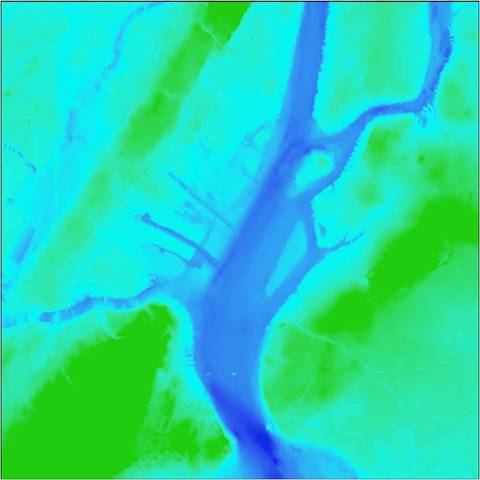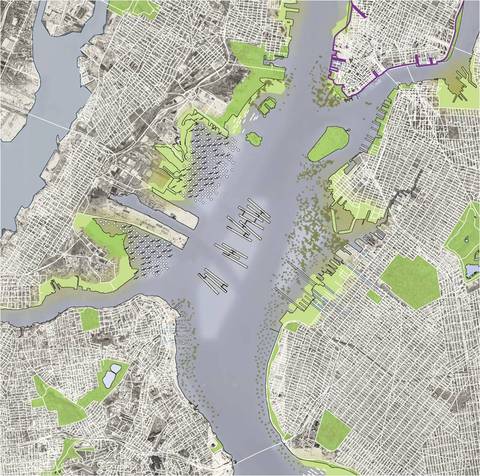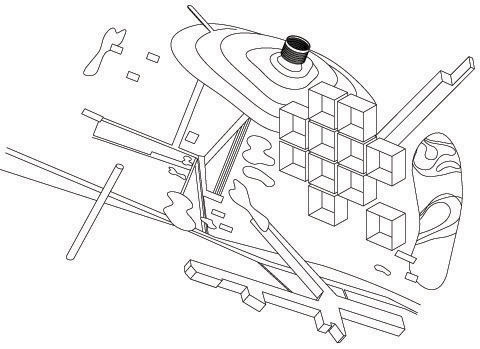Gardening is an action, in fact, a gerund. This verb form
highlights temporality, longevity, and change, while also implying an object,
the garden, with its own suggestions. Unlike the word “landscape,” “garden”
suggests a boundary and an activity intended to improve upon nature. The scale
of a garden ranges from a single plant to an ecosystem covering or connecting
entire continents. Gardening is rural and urban, natural and artificial,
mundane and exceptional. Instead of considering the garden as the genius
product of a single designer, this series will approach gardens as bounded
spaces rich with historical and theoretical opportunities across a range of
scales.
Gardening, while linked to mythology and art, effortlessly
crosses many other disciplines and disparate concepts. Eighteenth-century
English gardens were productive sites of engineering experimentation for
testing canal building. National agenda meets local politics in the space of
public gardens, bringing to the fore a plethora of fiscal and ethical debates.
The political economy of production enters the fray around subsistence
gardening in working-class families. Middle-class identity, American independence
and privacy were reconciled in turn of the century suburban garden design. And,
the conservation movement elevated gardening to a new scale with large-scale
land management and forestry. Exploring these and other fertile sites of
gardening is the goal of this series.
The speakers in the 2008 Landscape and Urbanism Lecture
Series will investigate the spatial practices and strategies of working the
earth and transforming the world for human purposes. As an analytical device,
the theme will also explore the tension between gardening as transformation and
as delimited upkeep. In its many guises, gardening will be shown to have subtle
but powerful architectural implications for the built environment as a result
of human manipulation of botanical agents.







